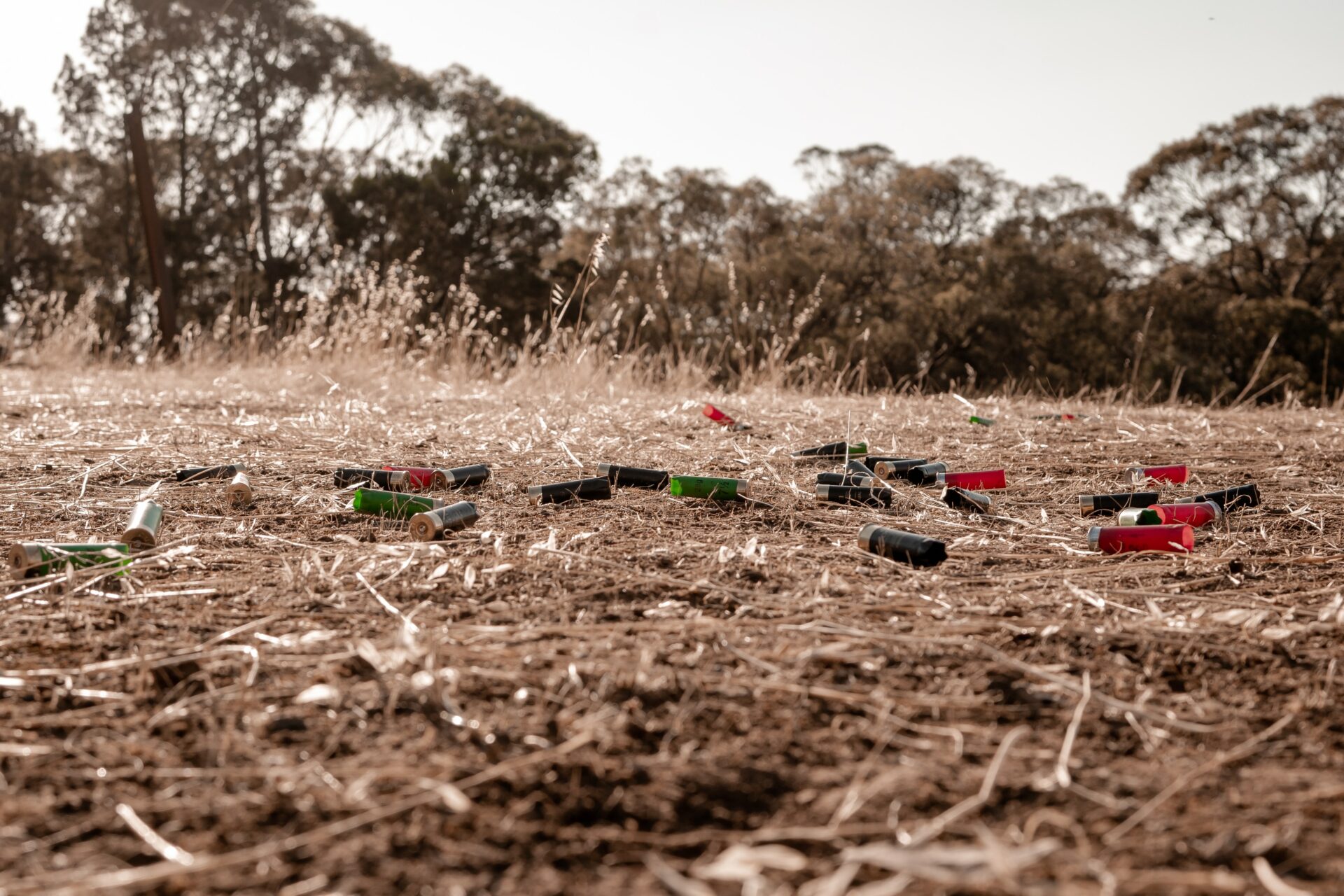To choke or not to choke? That is one of the most inflammatory and greatly contested questions. This is my take….
How Chokes Work
Shotguns, initially known as “scatter guns” utilize a series of graduated chokes. The chokes offer a variety of constrictions to allow the shooter to produce an open or restricted pattern dependent upon the distance of the target and being able to deliver a clean kill shot, clay or feathered. Chokes do not assist in the speed (velocity) of the actual shot but will affect the pattern.
One thing I ALWAYS recom mend to students is to shoot a pattern test with different chokes. This will verify if the selection is viable based on the intended target. Not all guns will shoot all ammo with the desired pattern.
A two-barrel set up allows the shooter to quickly select between the 2 different chokes based on the presentation. Once I’ve seen a presentation, I’ll determine which barrel will fire first. Both of my Syrens are set up with Light Modified (LM) in the top and Improved Cylinder (IC) in the bottom. This deadly duo gets me through just about any clays or upland feathers with great success.
Recently, a student wanted to know if his over/under was set up correctly and why those chokes went into those specific barrels. My response, you want a more precise alignment on a bird (clay/feathered) at distance. The top barrel is immediately under your eye and offers a better vantage point down the rib for the shooter’s sight picture, so this is always the tighter choke. (Pro tip- you shoot a 60yd bird the same way you shoot a 20yd bird – more on this in an article to come later).
NEVER shoot a shell through a gun without a choke if the barrels are threaded to receive one. It will damage the threads and possibly blow out the end of the barrel. There are guns (new and old) manufactured with “fixed” chokes. This just means that the gun can only offer a particular pattern and cannot be changed.
Chokes for Upland & Waterfowl
Different birds offer different flight patterns and feather densities. A quail, delicate feathers and weighing in at a few ounces, known for quick, short and often lower flight patterns doesn’t require more than #8 shot load and an IC choke. For chukar, that same #8 shot and IC choke will work just fine, for pen-raised birds. As you move into pheasants, you will want a little larger shot size (#6/#7.5) and a little more choke M/IC.
For wild birds, in early season, smaller shot with more open chokes, or later season birds, bigger shot with tighter chokes. My best recommendation, set up the bottom barrel with IC and Mod/LM in the top barrel. Tighten up to the next level for mid and late season. The cover is better early and holds the birds. As cover depletes and birds are educated, the flushes will occur farther out.
Waterfowl require heavier shot and steel. This means you will want to typically use an IC choke as it will mimic a tighter choke due to the pattern of the steel and the amount of shot traveling the barrel. Keep in mind, this is subject to early/late season and the average shot distance.
Choking for Sporting Clays
Once you see a show pair, use a more open choke for closer birds and tighter choke for farther birds. Keep your shot size in mind. Again, LM/IC is a great all-around combo. If you have #9 shot on hand, smaller shot will mimic a more open choke and offer a bigger spread. For those with autoloaders, a great trick is to use 2 different shot sizes or loads to mimic a more open or tighter choke. This is a great way to crush a report pair or true pair when you are using a single barrel shotgun.
Regardless of the chokes you choose, pattern them. Be sure to take a friend or family member with you and share the education and opportunity!
Kate Ahnstrom, owner of Virginia Shooting Sports is a certified, professional instructor of the Paragon School of Sporting, pro staff Syren/Caesar Guerini, resident pro Orapax Hunting Preserve, Artemis ambassador for Va, and field staff member of the Sisterhood of the Outdoors. Her tireless dedication to her students’ success is obvious in each and every lesson.



